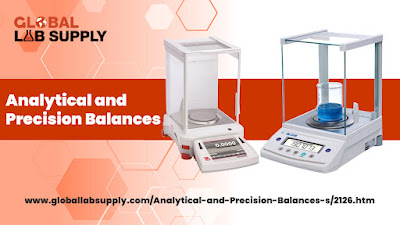Nitrogen gas is a crucial element for every industry. And, to maintain a cost-effective production, generators are being used. There are two ways to generate this nitrogen, and Membrane Nitrogen Generators are the most applied process.
A membrane generator is not only beneficial but also ensures to keep a continuous supply of on-site nitrogen. Being a compact system, it is highly beneficial for low flow applications. So, let’s get to the detailed benefits provided by this generator.
Purity of nitrogen generation: A Membrane Nitrogen Generators is known to maintain a stable purity level and can generate 99.5% purity gas per volume. You can also use it to generate nitrogen of purity lower than 99.5%.
Easy to manage: No extra efforts are required to start these generators. And, being ready to use, it begins the function within a few seconds after pressing the initiation key. So, choose a generator based on your requirement.
Enough Longevity: This generator has better longevity when compared to others. And, it can continue with the same performance for a period of 10 to 15 years. These are quite reliable and safe, so you do not have to suffer from casualties.
Low cost of production: When considering the amount of nitrogen produced, it has a rather low capital usage. Moreover, these generators are quite flexible and the best alternative to PSA nitrogen systems.
Can be modified: You can easily modify the generator based on future requirements. The generator is quite adjustable, and adding a membrane module to the already existing system makes it ready to meet new demands.
Where are Membrane Generators used?
Membrane Generators are mostly used in the coffee and food packing industry. Other than this, it is also highly utilized in pharmaceutical, fire prevention, laboratories, blanketing, etc.
Precautions: Always remember that the size of the pore decides the selectivity. Also, use dehumidified air so that there are no chances of clogging the membrane fibres.
Conclusion
When you are using a membrane generator, always go through the features and manufacturing details. Global Lab Supply provides pre-tested generators. These generators are known for saving a lot of money as you do not need to install sizeable cryogenic air separation points.






